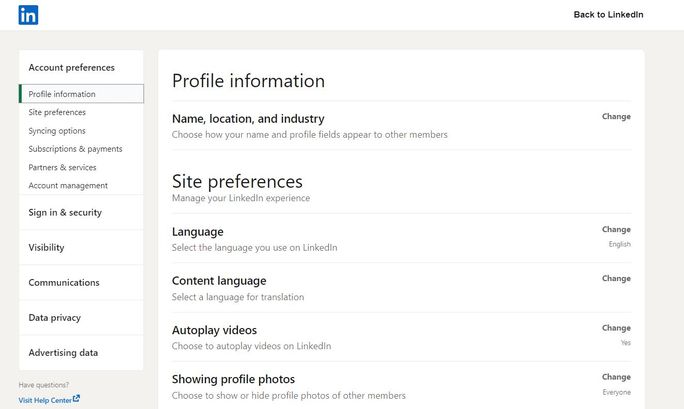
Navigating the Digital Landscape: Understanding Cookies and Privacy
In our increasingly digitized world, the value of personal data cannot be overstated. Companies are constantly vying for our attention, and knowing how they utilize our information is crucial. Today, let’s dive into the role of cookies on platforms like Yahoo and AOL, part of Yahoo’s expansive brand family, which brings a wealth of digital services to users. Understanding these tools can empower us to make informed choices about our online experiences.
The Role of Cookies in Your Online Experience
Cookies, those seemingly harmless little bits of data, are not just technical jargon but essential components that shape how we interact with websites. They allow sites to remember our preferences, authenticate users, and apply security measures to protect against spam and abuse. When we accept cookies, we’re not only enabling these functionalities; we’re also allowing companies to collect data about our usage patterns.
 A visual representation of cookies in the digital landscape.
A visual representation of cookies in the digital landscape.
When I first learned about cookies, it felt like pulling back the curtain on a magic trick. How did websites remember my preferences, like my location and language settings? But as I dove deeper into the subject, I discovered the duality of cookies: while they enhance personalized experiences, they also raise significant privacy concerns.
The Consent Framework: What You Need to Know
Under regulations like the IAB Transparency & Consent Framework, 237 partners of Yahoo and AOL are required to be forthright about their data practices. Users are encouraged to make conscious decisions about how their information is used.
The choice is ultimately yours: by clicking “Accept All,” you’re permitting various partners to store and access your information on your device. This opens the door to tailored advertising and content, but at what cost? You might wonder if the benefit of personalized ads outweighs the risk of potential data misuse.
Managing Your Privacy Settings
For those who prefer a more cautious approach, the options to manage your data are straightforward. Users can click on “Manage Privacy Settings” at any time to control their data preferences, from limiting tracking to completely opting out of cookies. I remember the first time I adjusted these settings on a popular site—I felt an immense sense of empowerment, reclaiming some control over my personal data.
 Exploring privacy settings gives you control over your online experience.
Exploring privacy settings gives you control over your online experience.
The Ongoing Debate: Personalization vs. Privacy
In this modern digital age, a pressing question arises: how much personalization are you willing to sacrifice for privacy? Many are drawn to the convenience of tailored content, but the underlying reality is that it often comes at the expense of our personal information.
I once engaged with a tool that promised hyper-personalized ads. Initially, it was amusing to see how accurately it aligned with my preferences; however, the realization that my browsing habits were being closely monitored was unsettling. The dialogue between convenience and privacy is one that we must navigate carefully.
The Bottom Line
In conclusion, while cookies play an integral role in enhancing our online experiences, we must remain vigilant about our personal data. The digital landscape is as fascinating as it is complex, and understanding how cookies work is just the beginning. As we continue to engage with platforms like Yahoo and AOL, maintaining an awareness of our privacy settings will serve us well—one click at a time.
 The intricate digital landscape we navigate daily.
The intricate digital landscape we navigate daily.
As technology evolves, so too do our means of safeguarding our information. Let’s not lose sight of what matters; after all, our data is our digital footprint in the vastness of the internet.
For further reading, consider visiting Yahoo’s Cookie Policy or their Privacy Dashboard.














